The Golden Years of Rover: The Relationship with Honda
The turbulent times of British Leyland (BL), or Rover Group, as it was later known, are well documented. But perhaps the most promising chapter of the story was when Rover transformed both its image and its cars for the better, due to its relationship with Honda which started in late 1979, all while under a long period of UK Government ownership.
Sir Michael Edwardes, chairman of BL, signed an agreement with Mr Kiyoshi Kawashima, president of Honda. BL would manufacture and sell a rebadged version of the Honda Ballade, as the Triumph Acclaim from 1981-84, under a Japanese licence with minimal changes including the badges, grille and seat material.
John Batchelor, former Rover engineer from 1980-2000, and chair of the Rover 200 & 400 Owners’ Club, explained: “BL’s car range was dated, and it desperately needed a way to market new cars quickly and at low cost – following the huge development costs for the upcoming Austin Maestro and Austin Montego. Honda on the other hand, had shorter model lifecycles and was keen to break into Europe.”
The project paid off, with strong Acclaim sales in Britain and the lowest warranty claims received of any BL built car. Its success led to the mutual agreement for another licence to produce a new version of Honda’s second-generation Ballade, this time becoming the 1984-89 Rover 200 (SD3).
Batchelor added: “This was great news for BL that another new model was coming to the market, with Honda providing a basic design – and allowing a Rover version of the car. BL’s problem was that its models were so dated, but Honda had model lifecycles of four or five years.”
The Rover 200 (SD3) was initially solely Honda-powered; badged as Rover 213, before being complemented by BL’s S-Series engine; as the Rover 216. It had its own front-end styling, and Honda agreed for BL to ‘Roverise’ more features in a mid-cycle facelift. The interior felt more BL/Rover influenced – with familiar switchgear, seats and walnut-effect door caps, and a modified boot opening for increased practicality. The car sold so well that the Austin Rover Group (BL’s new name) Longbridge plant introduced a 24-hour a day, three-shift working pattern.
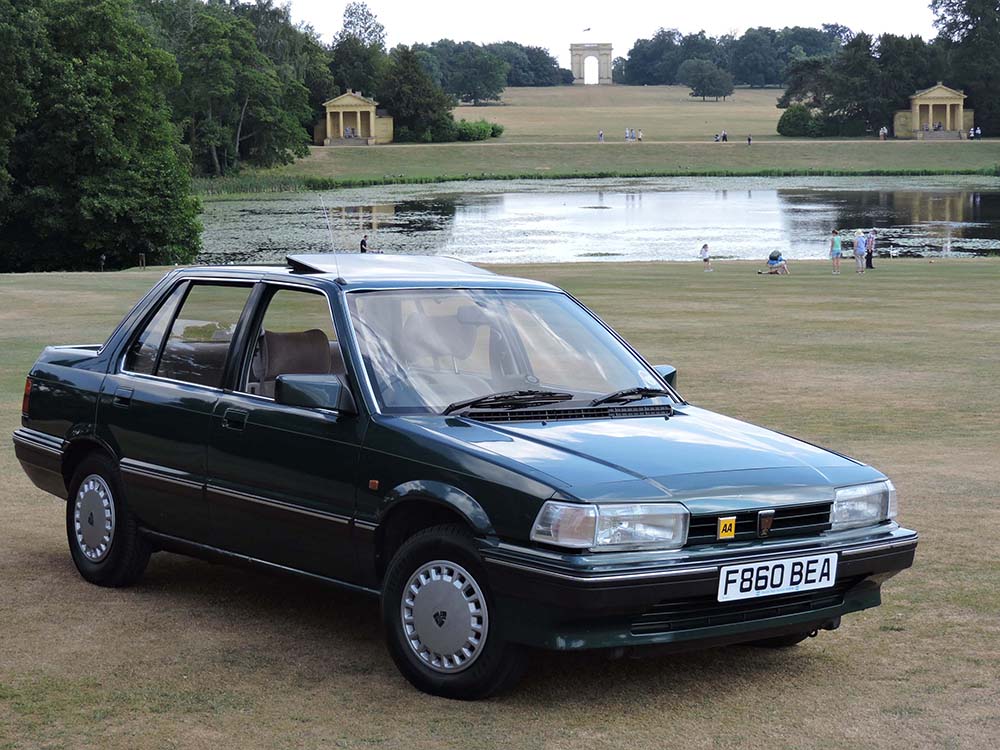
1988 Rover 213 SE Auto (SD3)
During the early-mid 1980s, Honda and Rover had progressed their relationship to co-develop an executive car they both needed. The Honda/Acura Legend (KA-1-6) would be built in Sayama, Japan, and the 1986-91 Rover 800 (XX) built at Cowley to replace its ageing SD1 – with the intention of building both versions at each other’s plants.
Batchelor added: “Despite looking similar, the Legend and 800 were surprisingly different cars – electrically, trim-wise, and in chassis components. The problem was that Honda and Rover didn’t move away from their existing engineering methodologies and standards to find a ‘compromise’ solution. The result was two different answers to the same problem.”
This was proven when Honda and Rover both sold their cars in the USA as the Acura Legend and Sterling 825 respectively. Rover’s Cowley-built, Sterling, initially sold 14,171 units in its first year to US buyers in 1987. But quality and reliability problems placed Sterling near the bottom of America’s J.D. Power Initial Quality Study, while the Sayama-built Acura Legend, finished near the top. Sterling sold just 8,901 units the following year. Despite Rover’s quality improvements, sales never recovered, and it left the US market in 1991.
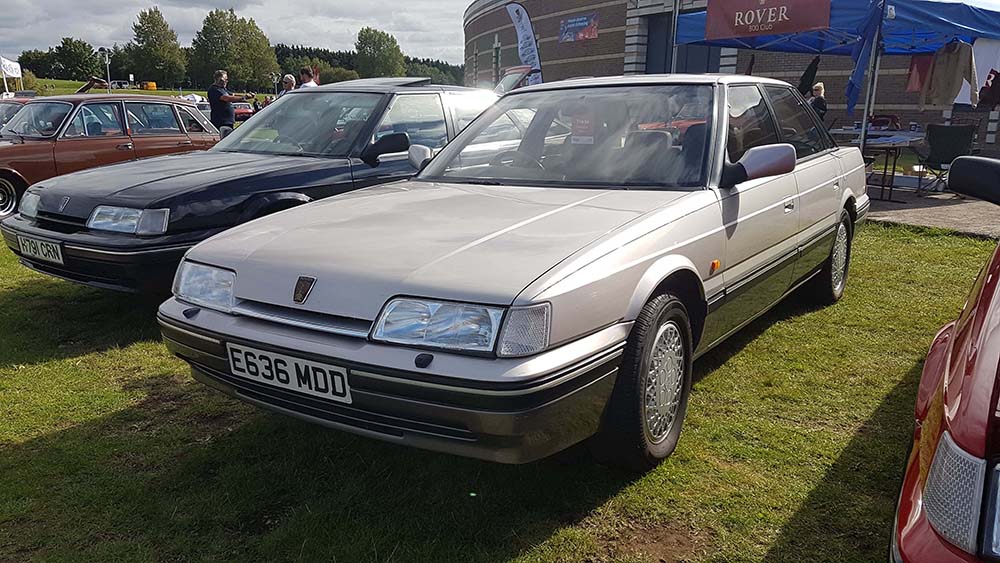
1988 Rover 827 Sterling
Both companies vowed not to work so independently on a joint-venture model again and began sending Rover employees, including Batchelor, to Japan to work side-by-side with Honda engineers, designing and engineering the new project. Later in the programme, Honda employees were sent to Longbridge to put the cars into production.
Batchelor explained: “This was instilled into the engineers of the next co-developed model, the 1989-95 Rover 200 and 400 (R8), and the European market-friendly Honda Concerto (MA2) – a single answer to creating a class-leading five-door hatchback which needed to replace the Honda Ballade, the 200 (SD3), as well as the Maestro – by then marketed without a marque.”
By 1988, the turning point had arrived. British Leyland was now the privatised Rover Group, owned by British Aerospace. Sir Graham Day, Rover chairman, had a vision to take the company upmarket and had already axed the Austin marque, due to higher sales of its Rover 200 (SD3) and 800 models.
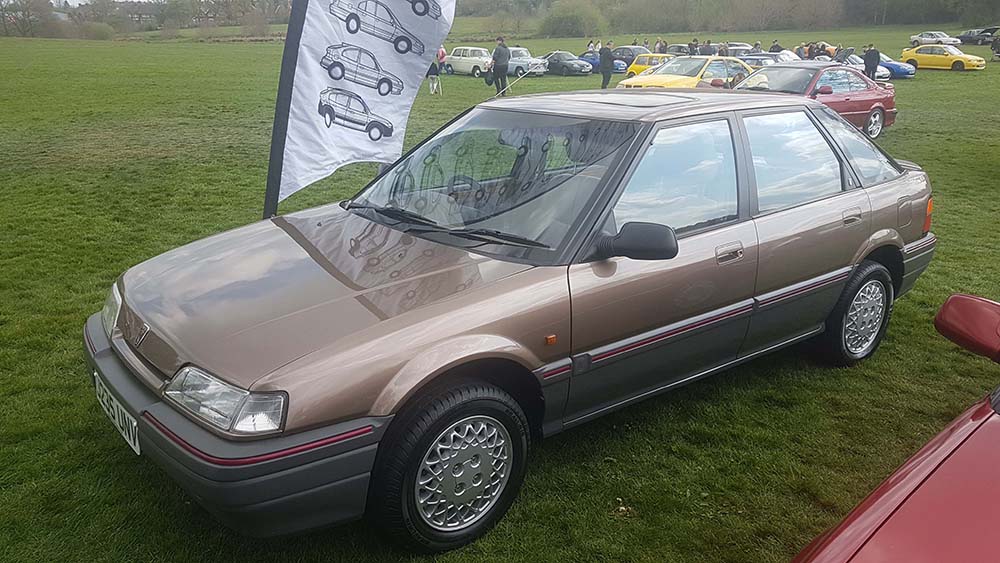
1991 Rover 216 GSI (R8)
Batchelor added: “The 200/Concerto programme was the pinnacle of Rover’s relationship with Honda, and its success in creating two successful partner cars due to the way they worked together cannot be underestimated. Both cars had their own style differentiations, with different bumpers, front wings, lights and interior trim – but were fundamentally the same car underneath.”
The early 1990s were the golden years of Rover. The 200 and 400 (R8) were class leaders in terms of build quality, driving characteristics, technology and a desirable image. It reached new heights with different types of buyers too, thanks to six different body styles and strong UK and Europe-wide sales. Honda also benefitted from higher European sales, eventually making Swindon its European manufacturing site.
The 1993-99 Rover 600 (SK1) effectively replaced the Rover Montego, in a project similar to early efforts – where Rover only had the freedom to redesign minimal interior and exterior features of the Honda Accord (CC7). Nevertheless, the Honda relationship progressed to its next and final project.
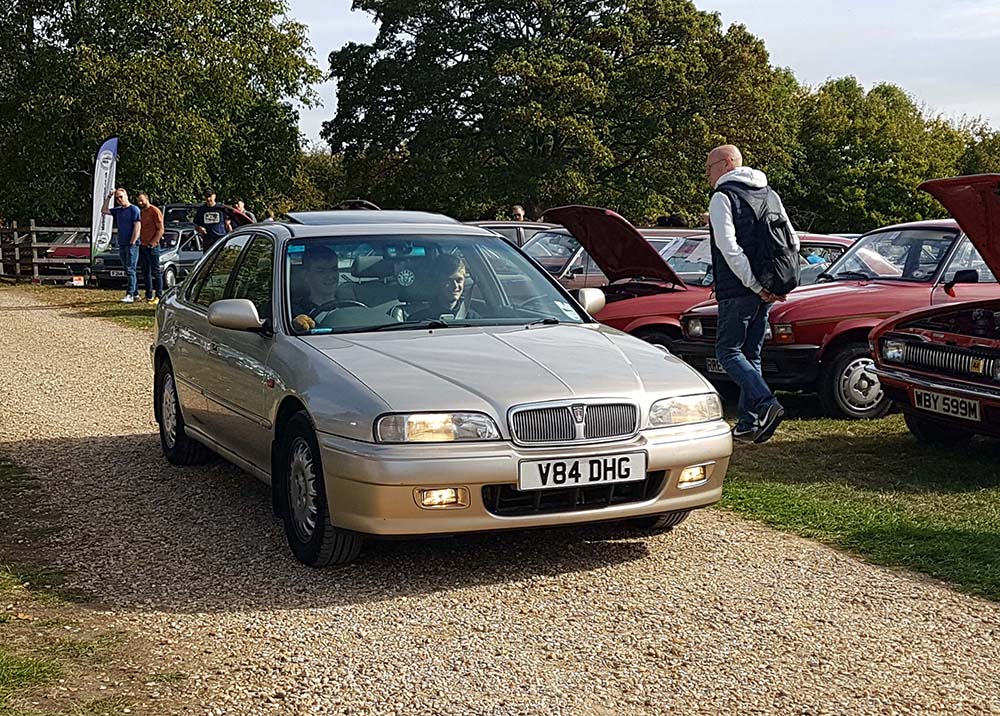
1999 Rover 623 GSI (SK1)
The 200 and 400 became two separate models for the next generation. The 1995-99 Rover 200 (R3) would become a smaller car and inherit certain 200 (R8) elements. It was also intended to save costs by replacing the 1994-98 Rover 100, a car that started out as the Austin Metro in 1980.
The 1994-1999 Rover 400 (HH-R) was based on the 1992 Honda Domani; due to Honda’s insistence that a proven design was chosen for its first Swindon-built car, the Honda Civic (MA). The 400 (HH-R) five-door hatchback had unique front and rear styling, interior trim, Rover’s own petrol and diesel engines, and retained the 200 (R8)’s complex (and expensive) multilink rear suspension. Rover launched its own 400 four-door saloon shortly afterwards.
Batchelor added: “Despite being well-engineered, the 200 (R3) and 400 (HH-R) did not have the same success as the 200 and 400 (R8). The 200 (R3) was sized between the traditional Ford Fiesta and Ford Escort sectors but priced firmly in the latter. The 400 (HH-R) didn’t have competitive interior space, and was priced too highly, competing with the class-leading family car of the time, the Ford Mondeo.”
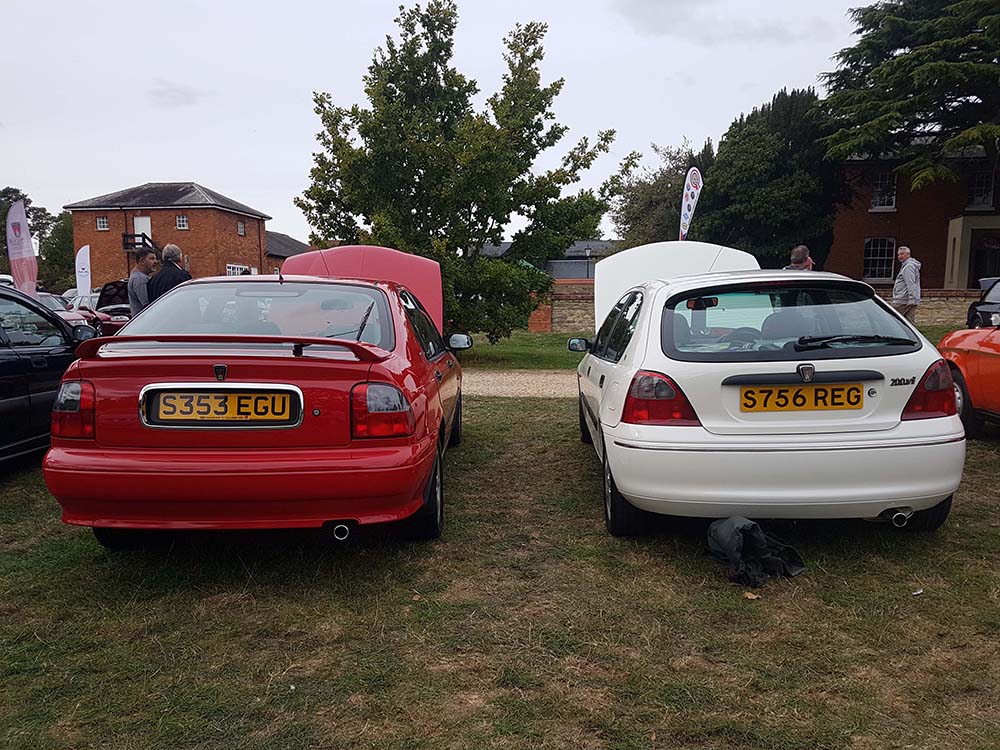
1998 Rover 420 SI (HH-R); left, 1998 Rover 200 VI (R3); right
By 1994, British Aerospace had sold Rover Group to BMW, and the golden years of Rover’s relationship with Honda abruptly ended.
Batchelor concluded: “BMW had to pay Honda licence costs for some parts used on Rover’s 400 and 600. Instead of developing replacements for the recently launched medium sector models, it developed a replacement for the costly 600 and ageing 800. The 1998-2005 Rover 75 was perhaps too retro for the ‘sporty’ buying market. BMW management managed to undermine the launch and decided to sell ‘The English Patient’ in 2000.”
Have you owned a car from Rover’s golden years? We’d love to hear your experiences… Let us know in the comments below.
I owned 3 R8s a416SLI auto with the whisper-quiet Honda engine, a 418SLI Tourer that was economical but slow as a tractor, and my favourite a 214SEI which was a great little package. All were well-finished, comfortable and reliable to boot. I still have 2 Rovers, a 1999 25 si 3dr and a Rover 45 connoisseur with a rare catkin green interior. Love me old Rovers!
Brucie88, 01/12/2023

Had a Rover SDI 2.6 manual when I first got married in 1986, big luxury brute, but nothing but trouble, years later bought my wife a 1991 216 SLi, great little car but head gasket failed, since then had a Vauxhall Senator for 11 years, loved it, but changed for my first Honda Legend 3.5i KA9 1997 and ever since I've had almost exclusively Honda's... 7 or 8 Honda Accords various CL9's 2.0i's & 2.4i's Saloons & Tourers, amazing cars .. plus 3 Legends, 2 KA9's and my latest a 2008 28k miles KB1 .... the best used car buy on the market. I do all my own servicing and repairs where possible, but Honda's are so well engineered and reliable I never buy anything else any more, had a brief 18 month try with a low mileage 2004 VW Phaeton 3.2i .... an amazing car but made my old Rover SDl seem almost reliable.
DJP, 17/09/2023